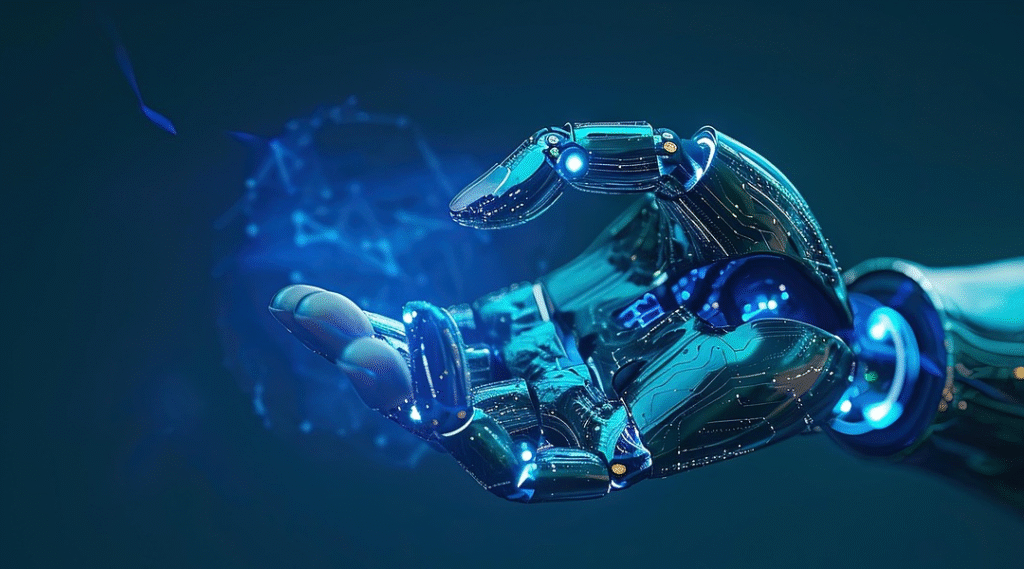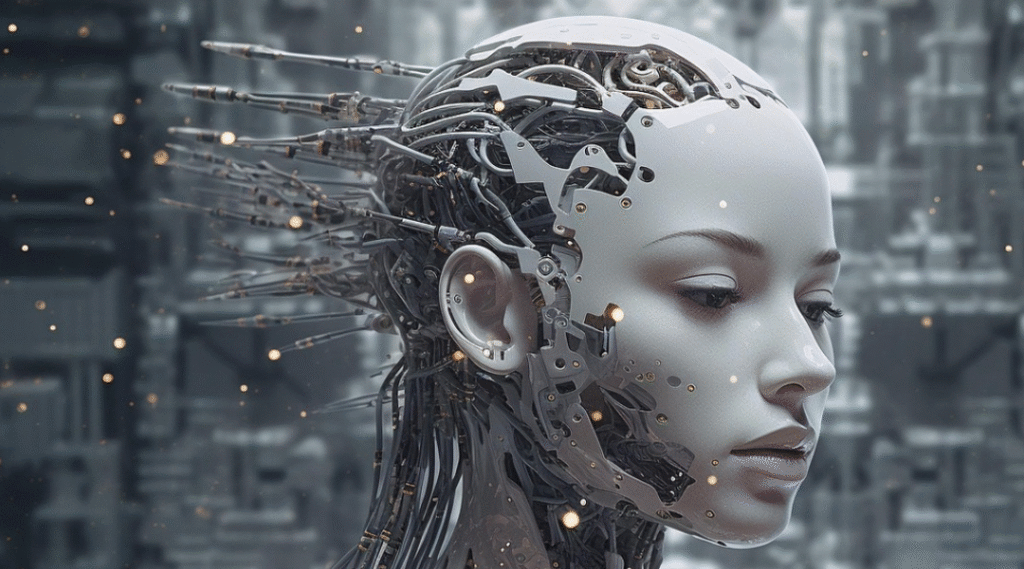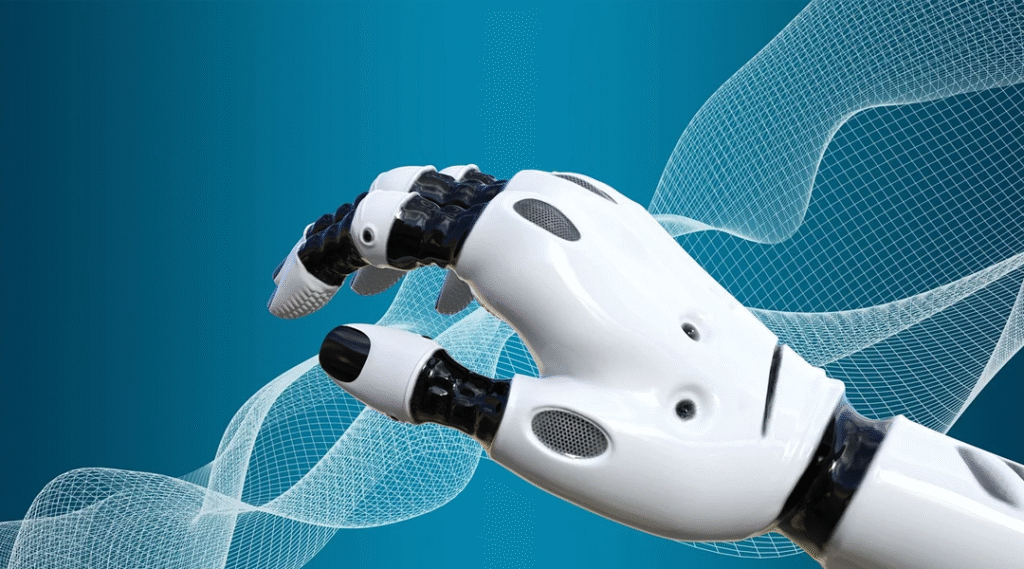Artificial Intelligence (AI) is ushering in a new era for manufacturing—one defined by data-driven insights, adaptive automation, and unprecedented efficiency. By integrating machine learning, computer vision, and advanced analytics into every stage of production, companies can streamline workflows, boost quality, and cut costs. This transformation isn’t incremental; it represents a fundamental shift toward smarter, more resilient factories. Here’s how AI is reshaping the manufacturing landscape:
1. Digital Twins: Simulating Success
Digital twins are virtual replicas of physical assets, production lines, or entire facilities. By feeding real-time data from IoT sensors and control systems into these digital models, engineers can perform “what-if” analyses without halting operations. Need to test a layout change or predict equipment wear? The digital twin delivers answers instantly, reducing trial-and-error time and costly downtime. Early adopters have reported up to 30% faster product launch times and dramatically fewer on-floor disruptions.
2. Predictive Maintenance: Preventing Failures Before They Happen
Traditional maintenance schedules are often rigid and reactive. AI transforms this by analyzing historical performance metrics and live sensor data to predict when machines need attention. Maintenance teams receive alerts days or weeks before a component is likely to fail, enabling targeted interventions. This shift from unplanned breakdowns to planned upkeep has helped manufacturers decrease maintenance costs by 20–30% and increase overall equipment effectiveness (OEE).
3. Automated Quality Control via Computer Vision
Manual inspections can miss subtle defects or become inconsistent over long shifts. AI-powered computer vision systems, however, scan every product at high speed using deep-learning algorithms trained to spot anomalies—surface blemishes, misalignments, or assembly errors—with near-perfect accuracy. These systems can handle thousands of inspections per hour, reducing scrap rates and ensuring that only flawless items move downstream. The result is higher customer satisfaction and lower rework expenses.
4. Smarter Supply Chains and Inventory Management
Unpredictable demand and complex logistics are perennial headaches for manufacturers. AI alleviates these challenges by analyzing sales trends, supplier reliability, and external factors (like weather or geopolitical events) to forecast demand with greater precision. Inventory levels can then be optimized—minimizing both stock-outs and excess carrying costs. On the logistics side, AI-driven route optimization lowers transportation expenses and accelerates delivery times, making supply chains more agile and cost-effective.
5. Collaborative Robots (Cobots): Humans and Machines in Harmony
Unlike traditional industrial robots, which operate in isolation, cobots are designed to work safely side-by-side with human operators. AI enables these robots to perceive their environment and adjust their movements in real time—slowing down if a person enters their workspace or shifting tasks based on human cues. Cobots handle repetitive, ergonomically taxing tasks such as material handling or palletizing, freeing skilled workers for complex assembly, troubleshooting, and quality assurance. This synergy boosts productivity and enhances workplace safety.
6. Case Study: An Agile Cosmetics Factory
Consider a modern cosmetics plant that implemented an AI “smart brain” to oversee production from raw materials to packaging. Real-time monitoring and AI-driven defect detection increased throughput by 25% while slashing lead times by half. The addition of automated guided vehicles (AGVs) reduced human error in materials transport, and predictive analytics minimized equipment downtime. This holistic approach not only improved operational metrics but also delivered significant sustainability gains through optimized energy use and waste reduction.
7. Scaling AI: From Pilot to Plant-Wide Adoption
Many companies begin with isolated AI pilots—perhaps a single predictive-maintenance application or a quality-inspection proof of concept. Moving from pilot to full-scale deployment requires robust data infrastructure, cross-functional collaboration, and clear ROI benchmarks. Successful scaling often involves partnering with technology providers, investing in upskilling programs, and establishing governance frameworks to manage data integrity and model performance.
8. Workforce Transformation and Ethical Considerations
Automation naturally raises concerns about job displacement. However, history shows that technological advances also create new roles: data scientists, AI trainers, robot-maintenance specialists, and “digital twin” engineers are now in high demand. To ensure an inclusive transition, manufacturers should invest in continuous learning programs and reskilling initiatives. Moreover, ethical oversight—transparent algorithms, data privacy safeguards, and fair labor practices—must accompany technological progress to build trust with customers, employees, and regulators alike.
The integration of AI into manufacturing is more than an efficiency play—it’s a reinvention of the very concept of production. Digital twins, predictive maintenance, computer vision, smart supply chains, and collaborative robots are just the beginning. By thoughtfully scaling these technologies and prioritizing workforce development and ethical governance, manufacturers can create agile, sustainable operations that not only survive but thrive in the Age of Industry 4.0. The factories of tomorrow will be defined not by their machines alone, but by the harmonious partnership of human ingenuity and artificial intelligence.
You may also like:
Battery Monitoring Intelligence in the Automotive Industry
Humans and Machines Unite: Embracing Industry 5.0 and Seizing Its Promise
As for in-depth insight articles about AI tech, please visit our AI Tech Category here.
As for in-depth insight articles about Auto Tech, please visit our Auto Tech Category here.
As for in-depth insight articles about Smart IoT, please visit our Smart IoT Category here.
As for in-depth insight articles about Energy, please visit our Energy Category here.
If you want to save time for high-quality reading, please visit our Editors’ Pick here.



